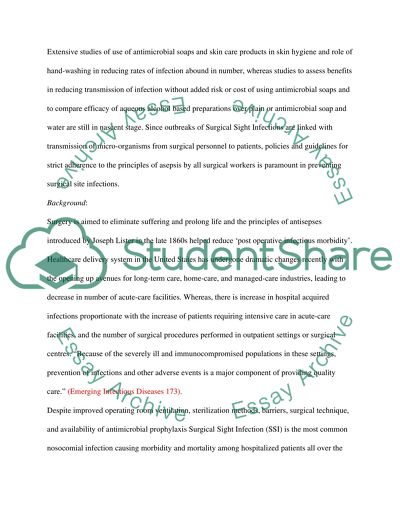Cite this document
(Handwashing Compliance Term Paper Example | Topics and Well Written Essays - 3522 words, n.d.)
Handwashing Compliance Term Paper Example | Topics and Well Written Essays - 3522 words. Retrieved from https://studentshare.org/health-sciences-medicine/1524582-hand-hygiene-in-surgery
Handwashing Compliance Term Paper Example | Topics and Well Written Essays - 3522 words. Retrieved from https://studentshare.org/health-sciences-medicine/1524582-hand-hygiene-in-surgery
(Handwashing Compliance Term Paper Example | Topics and Well Written Essays - 3522 Words)
Handwashing Compliance Term Paper Example | Topics and Well Written Essays - 3522 Words. https://studentshare.org/health-sciences-medicine/1524582-hand-hygiene-in-surgery.
Handwashing Compliance Term Paper Example | Topics and Well Written Essays - 3522 Words. https://studentshare.org/health-sciences-medicine/1524582-hand-hygiene-in-surgery.
“Handwashing Compliance Term Paper Example | Topics and Well Written Essays - 3522 Words”, n.d. https://studentshare.org/health-sciences-medicine/1524582-hand-hygiene-in-surgery.


